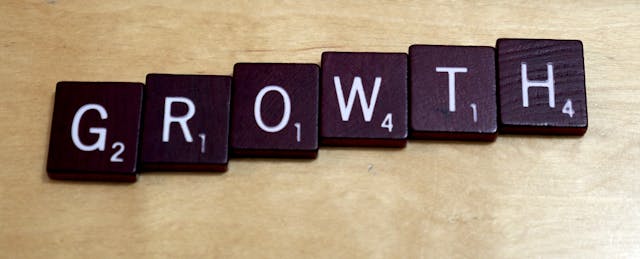Contrary to popular belief, high achievement isn’t merely a product of talent and ability.
In fact, our internal beliefs about our own abilities, skills, and potential actually fuel behavioral patterns and predict success. Leading Stanford psychologist Carol Dweck argues that the pivotal quality separating successful people from their unsuccessful counterparts is whether they think their intelligence can be developed versus believing it is fixed.
“There is no relation between students' abilities or intelligence and the development of mastery-oriented qualities. Some of the very brightest students avoid challenges, dislike effort, and wilt in the face of difficulty. And some of the less bright students are real go-getters, thriving on challenge, persisting intensely when things get difficult, and accomplishing more than you expected.
This is something that really intrigued me from the beginning. It shows that being mastery-oriented is about having the right mind-set. It is not about how smart you are. However, having the mastery-oriented mind-set will help students become more able over time.”
--Carol Dweck ( Education World interview)
A person with a fixed mindset believes that his or her intelligence is static, while a person with a growth mindset believes that his or her intelligence can be developed. The latter group is thus more likely to embrace challenges, persist in the face of setbacks, and see effort as a natural path to mastery. The distinction between these two extremes has tremendous implications for motivation, productivity, and confidence; in the pursuit of success, mindset is everything.
A growth mindset has a sizable impact on business efficacy and is a determinant of successful athletes. It is a critical factor separating high achieving students from those who struggle in the classroom, and is thus often discussed in the context of its applications for education. A growth mindset has been repeatedly identified as a robust predictor of academic success; it increases students’ motivation, grades, achievement, and test scores.
The good news: a growth mindset can be taught. Dweck found that when students undertook an intervention to move them from a fixed to growth mindset, they immediately began performing at higher levels and achieved greater academic success. In fact, strategies and teaching methods geared toward cultivating this mindset in students are gaining widespread traction. It is accordingly well-documented that the most successful countries in the world base schooling on growth mindset messages and beliefs.
Integrating growth mindset-oriented learning processes into the classroom, then, can have a beneficial impact on learning. Let’s talk about how to do it.
Strategies for helping students develop a growth mindset
1. Think about setting achievable micro-goals to encourage students’ consistent, incremental progress. Small wins repeated over time can lead to a growth mindset (and increased confidence!).
2. When students succeed, praise their efforts and strategies as opposed to their intelligence. Praise for intelligence can actually undermine motivation and performance, as children praised for intelligence increasingly view intelligence as a fixed trait; in the face of failure, these children will display less task persistence, less task enjoyment, and overall worse performance.
3. Help students focus on and value the process of learning. Without this emphasis on learning, students will often base self perceptions of intelligence and worth to grades received, promoting a fixed mindset. While grades are important, the value of learning should be prioritized.
4. Design classroom activities that involve cooperative--rather than competitive or individualistic--work. Research suggests that students are more motivated and successful when working in groups. Students feel a sense of responsibility to the group to try their best, and thus will experience the positive feedback loop of effort and success, encouraging the development of a growth mindset.
Are there other strategies you use in the classroom to help your students develop a growth mindset? Which do you find most effective?


